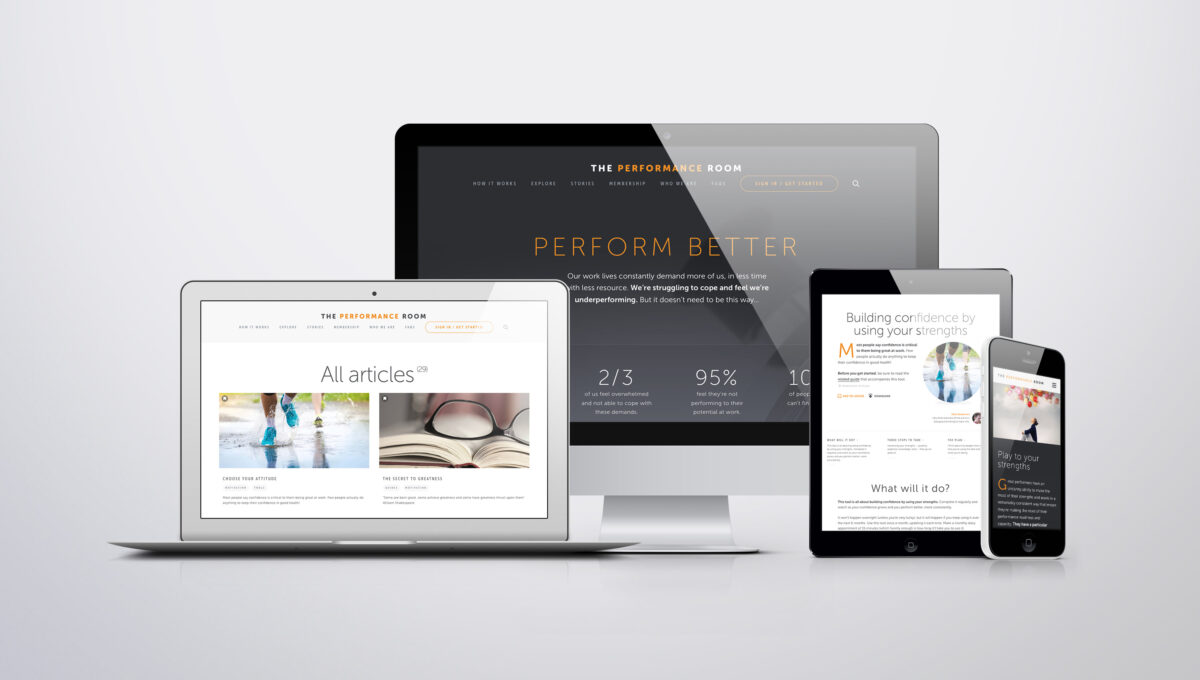Getting ready to lead

Improve your leadership performance by making sure you are ready to lead around values, performance and results.
This tool is all about getting ready to lead by making sure you have everything in place to do that.
What will it do?
This tool is all about getting ready to lead by making sure you have everything in place to do that. Complete the tool and re-use it to make sure that you’re consistently leadership ready.
How long it takes to complete the tool will depend on the how much thinking and work you’ve already done. Once the tool is complete you’ll be ready to make a difference.
Three steps to take
Get focused on the things that will make the most impact for you
1. Do you have what you need to lead?
This is about making sure you have what you need to lead. 3 particular things are important here.
| What you need in place | Clarity in your mind 1 – 10 | Been written down (Y/N) |
| 1. Clarity about what your leadership role for your organisation is and isn’t | ||
| 2. A clear narrative – the story about leadership, values, performance and results in your organisation: past, present and future | ||
| 3. How clear you are on whether your current processes breathe life into values, performance and results. |
2. Leadership can’t exist just in your head!
If you tapped a tune on a table it would be clear to you but not so clear to everyone else.
Everyone in your organisation needs to have a strong sense of feeling connected to the organisation’s purpose and each other.
- How clear is everyone’s understanding of your organisation’s purpose?
- How connected does everyone feel to that purpose?
- How much does everyone feel part of one team?
What’s your evidence for this? If you’re saying ‘yes, everyone is clear and connected and part of the team’ with confidence, you’d need to have some robust evidence from across the business for that! Are you sure, or is this wishful thinking? Be honest!
Ok, so think now about your opportunities to share your purpose, narrative, and values with the business. Write yourself some notes about how you can do (more) of that. How you’ll build a shared understanding – when, how, who, how often you’ll be doing it…
3. How much are your values, results and performance part of day to day practices in your organisation?
For example:
- Do pay and reward structures drive just results thinking or thinking about all three?
- How is the word performance used? Is it used to describe results or the actions that led to the result?
- How frequently do reviews focus on values, results and performance?
- Do future plans and actions focus on results and performance and values?
| Organisation habits and rituals | Supports or conflicts with your leadership narrative? | Priority area of focus |
| Pay | ||
| Reward & recognition | ||
| Reviews | ||
| Planning & goal setting | ||
| What we spend our time talking about | ||
| What we seek feedback on | ||
| Other habits in your organisation 1 | ||
| Other habits in your organisation 2 | ||
| Other habits in your organisation 3 |
Your plan
Get a plan Stan. This is about getting going. The basics you need to have in your plan are set out below.
Plan basics
- What are you going to do? (This bit is easy – it’s probably the 3 things listed above.)
My actions:
- When are you going to do these things? (You don’t have to be great to get going, but you better get going if you want to be great)
My start date:
- How often will you be doing them? (Getting great has a lot to do with making things a habit)
Check-in frequency and dates:
Get serious
The difference between having a plan and making it work is about action. So get this in your diary now. Tell the people who need to know so that they can support you and won’t just think you’re being weird. Do it now.
Remember, it’s progress not perfection. You’re looking for gradual improvement, not for Rome to be built in a day.

